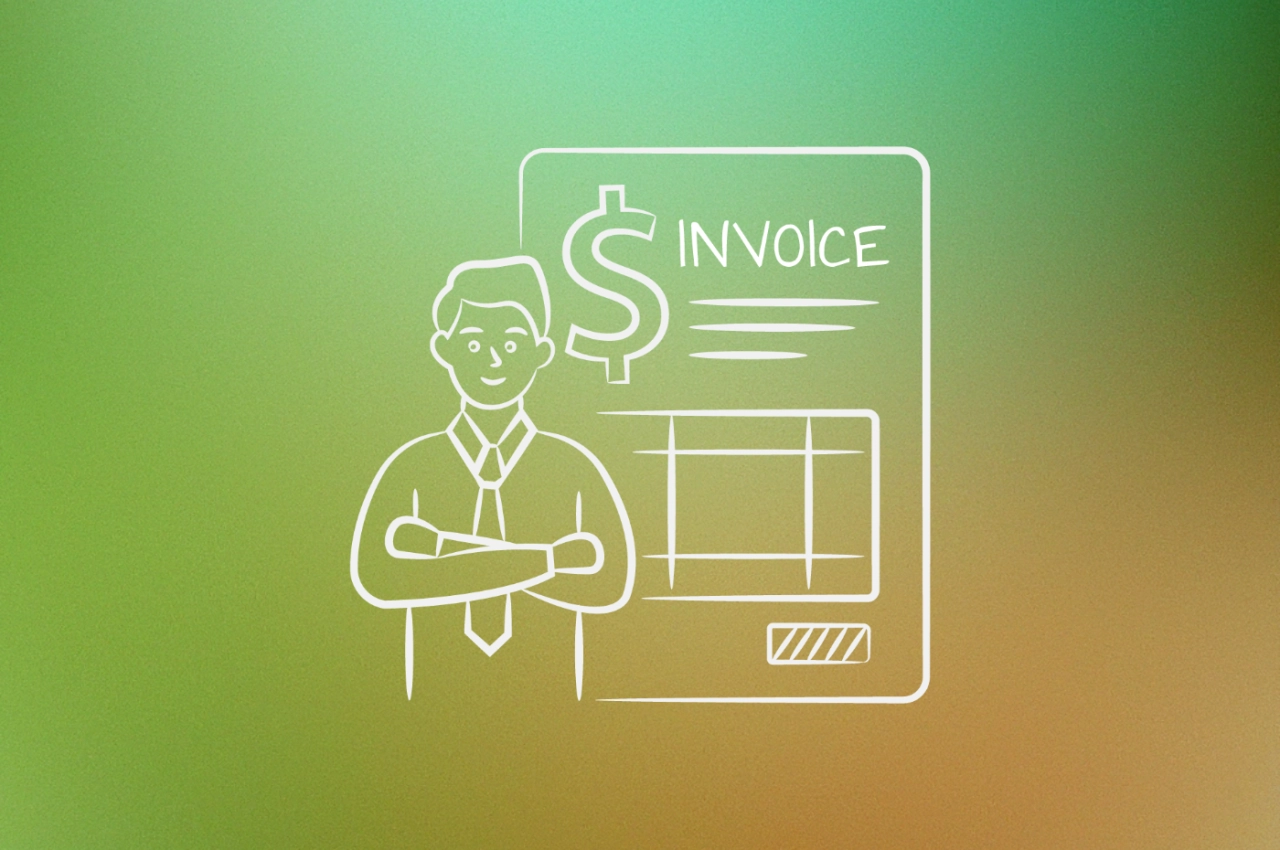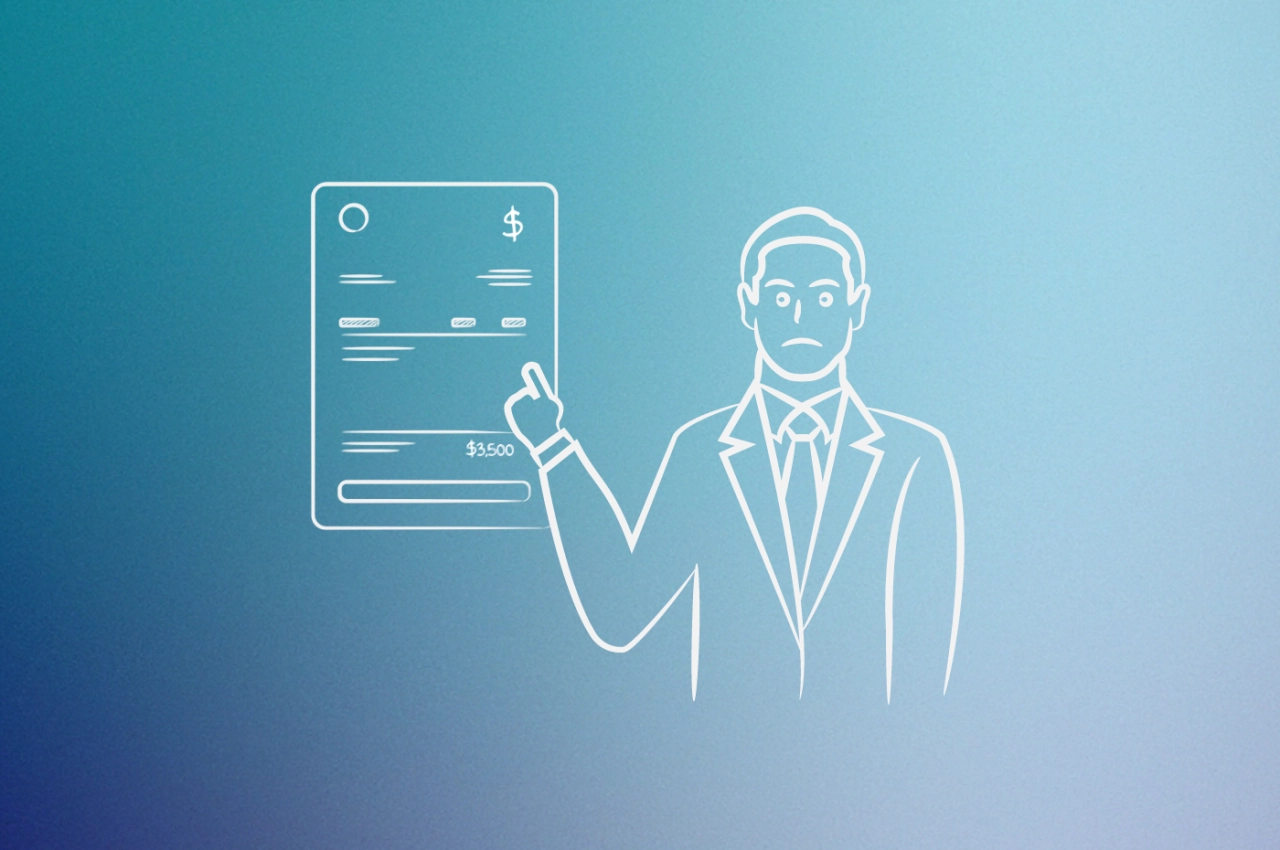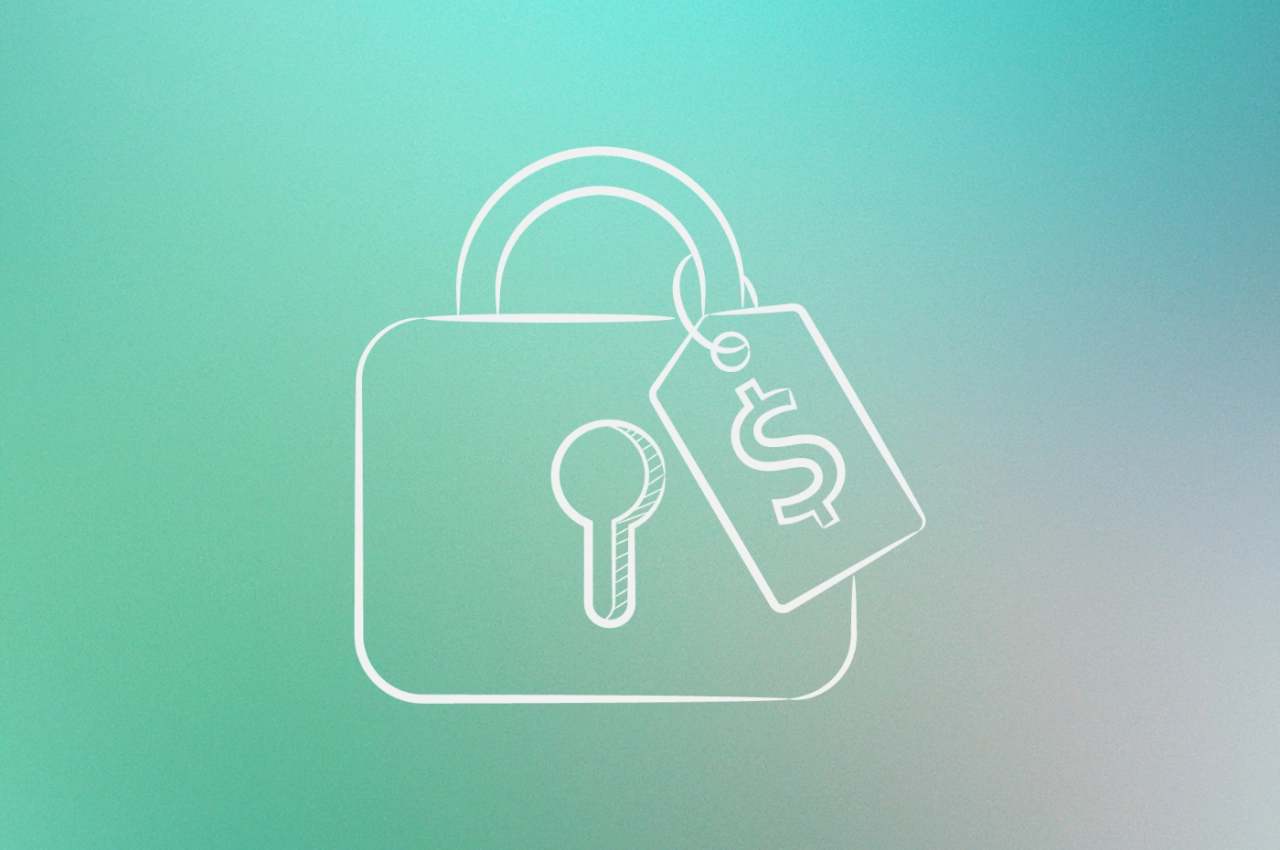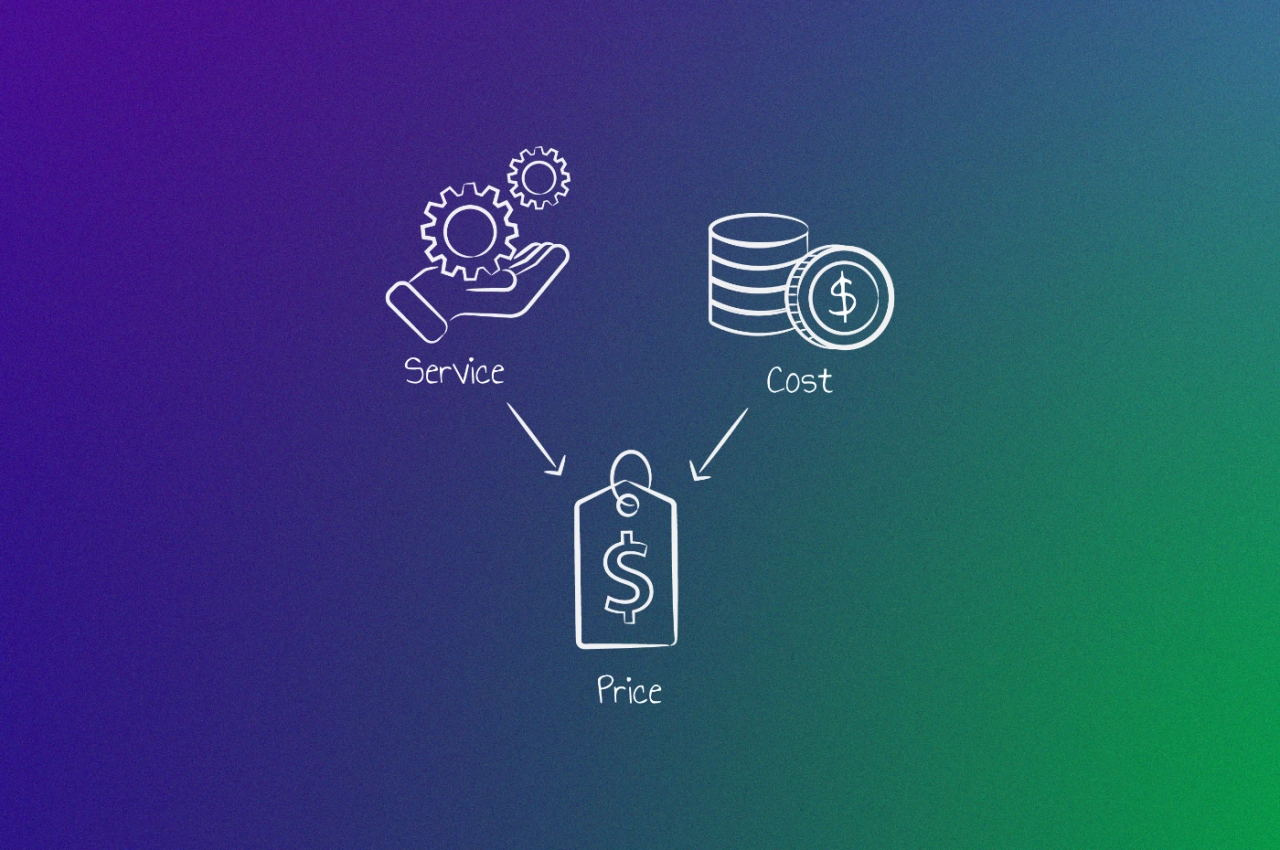- There are different billing methods for consultants, such as hourly billing and project-based pricing, but each comes with its own challenges, such as uncertainty about project scope and changes in requirements.
- Clearly define the project scope, set payment terms for various scenarios, and consider the milestone approach to maintain a steady cash flow and avoid chasing clients for payments.
- Automate payment tracking to make things easier for you, and offer multiple payment methods to clients for their convenience.
There are many ways to bill your client, but when it comes to consulting services, not all of them are the best choice. In my experience as the founder of SPP, choosing the wrong method might lead to you doing more work than you get paid for, clients being unhappy, or even asking for a refund.
The challenge is that each consulting billing method comes with its own trade-offs. Some consultants swear by hourly billing for its transparency, while others prefer value-based pricing or project-based rates. But which approach actually works best in practice, and what pitfalls should you watch out for?
In this blog post, I’ll take a closer look at the different pricing methods a consulting business should consider.
Understanding this topic involves several interconnected concepts:
Each of these concepts plays a crucial role in the overall topic.
Challenges of invoicing as a consultant
When it comes to client invoicing, there are many different ways to get paid on time for your consulting services. You can opt for hourly billing, project-based pricing, or cost-based pricing. Some consultants think charging based on an hourly rate is the easiest and most transparent method. After all, their clients can easily project the costs. But that’s not always the case. Even if they know how much you’ll charge per hour, they don’t know how long you’ll spend on a given project. Even more, the scope can change.
Is the project-based billing method the best one, then? Not necessarily, it has the same issue as the hourly one. Once the scope changes, you’re required to either charge more, or to reduce the amount of time you spend on your project. In either case, you’ll have to give your client the bad news. Plus, it looks unprofessional if you weren’t able to scope a project properly.
What is the best way to invoice as a consultant in that case? A mix of all available pricing methods is usually the best approach. Business research demonstrates that hybrid models often generate more revenue and improved customer satisfaction than either traditional or subscription models alone. The hybrid approach—combining hourly rates with project-based elements—works particularly well when there’s uncertainty about scope, allowing you to charge an hourly rate with a “not to exceed” total for the entire project.
Define the project scope as clearly as possible, add payment terms to it for every possible scenario. For instance, if the scope changes, or your calculations were simply off, charge by the hour to reach the promised end goal. You can also take the milestone approach and invoice after hitting certain goals. The biggest advantage here is that you have a solid cash flow and don’t have to chase clients for payment.
Here's a new dedicated section to add after the main billing methods discussion:
Potential risks to consider
While the billing approaches above can work well for consultants, it’s important to understand the potential downsides of each method before deciding on your approach.
Hourly billing risks
The biggest challenge with hourly billing is client uncertainty. Even if you quote an hourly rate, clients often can’t predict their final costs, which can lead to budget anxiety and strained relationships. There’s also the efficiency paradox—the faster you work, the less you earn, which can create perverse incentives. Some clients may question every hour billed, leading to uncomfortable conversations about your time management.
Project-based billing risks
Fixed-price projects carry the risk of scope creep eating into your profits. If you underestimate the work required or the client requests changes that aren’t clearly out-of-scope, you might end up working for free. There’s also the challenge of comparing project complexity—what seems straightforward at the proposal stage can become complicated once you dig into the details.
Milestone billing risks
While milestone billing offers better cash flow than project-based pricing, it comes with administrative overhead. You’ll need to clearly define what constitutes completion of each milestone, manage client approvals, and potentially deal with disputes if deliverables don’t meet expectations. There can also be cash flow gaps if milestone payments are delayed due to client review processes.
Mixed approach risks
Combining different billing methods can confuse clients and complicate your contracts. Clear communication becomes even more critical when you’re switching between hourly rates for changes and fixed prices for core deliverables. The complexity can also make it harder to track profitability and compare the success of different projects.
General considerations
Regardless of your chosen method, late payments remain a risk across all approaches. Additionally, any billing method requires accurate record-keeping and clear contracts—without these foundations, even the best pricing strategy can lead to disputes and cash flow problems.
Billing methods comparison
Method | Best For | Cash Flow | Client Predictability | Risk Level | Administrative Work | Key Benefits | Main Drawbacks |
|---|---|---|---|---|---|---|---|
Hourly Billing | Small tasks, undefined scope, new consultants | Variable, depends on hours worked | Low - clients can't predict final costs | Medium | Low - simple tracking | Transparent, easy to start | Client uncertainty, efficiency disincentive |
Project-Based | Well-defined deliverables, experienced consultants | Poor - payment at completion | High - fixed price upfront | High | Medium - detailed scoping required | Client budget certainty, higher perceived value | Scope creep risk, underestimation losses |
Milestone Billing | Long-term projects, phased deliverables | Good - regular payments | Medium - scheduled payments | Medium | High - milestone management | Steady cash flow, progress alignment | Administrative overhead, approval delays |
Value-Based | Specialized expertise, measurable outcomes | Variable - depends on results | Medium - outcome dependent | Medium | Medium - ROI tracking | Premium pricing potential, outcome focus | Subjective value assessment, complex pricing |
Mixed/Hybrid | Most consulting projects, experienced consultants | Good - combines benefits | Medium - clear communication needed | Low-Medium | Medium - multiple systems | Flexibility, risk mitigation | Contract complexity, potential client confusion |
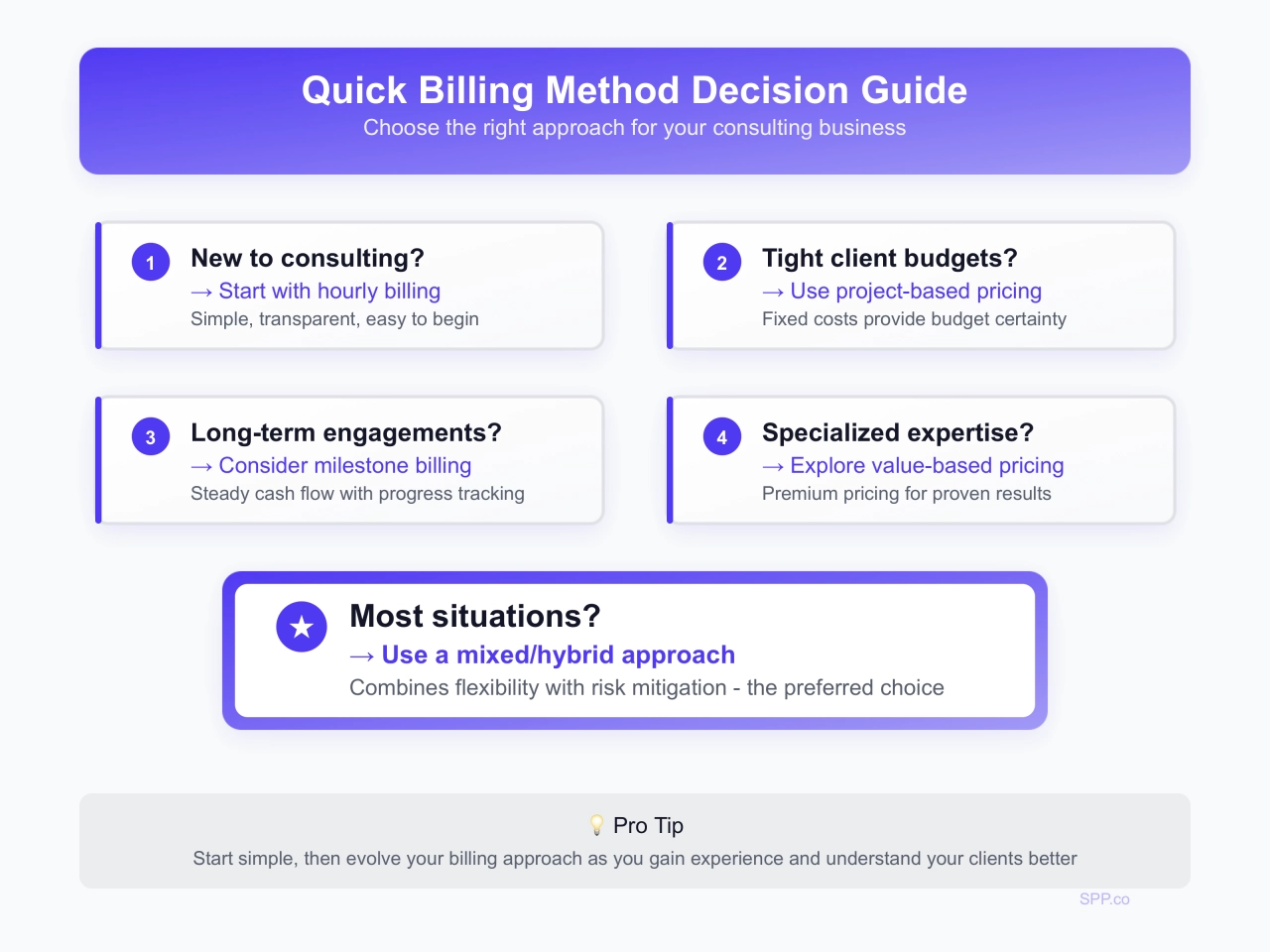
How to invoice clients as a consultant
With the challenges of invoicing consulting work out of the way, let’s take a look at the practical side of things with the following invoicing tips.
Track your hours
We have a blog post on time tracking for agencies, introducing you to multiple tools you could use to track the hours worked. The software mentioned can also be used by consultants.
Tracking the billable hours is not only a good thing to do, it’s a necessity for a variety of reasons. According to a comprehensive study by Accelo surveying over 500 professionals, “the leakage of time is a very big problem in professional businesses—with over 38% of potential billable revenue lost to untracked time spent in emails, meetings, and delays in filling in timesheets.” The research shows that “businesses that can address this issue and solve it stand to gain handsomely, with a revenue boost of up to 61%” by implementing better time tracking practices. This data helps consultants understand actual work patterns and improve project estimation accuracy.
Depending on the invoicing method chosen, you can list the number of hours you spent on the project and even link to a report if you want to give your client that much information.
Include all information
A professional invoice is not just nicely designed, it also includes all necessary information. To ensure that you didn’t miss anything, make use of an invoice template that has been specifically designed for your country. Especially in Europe, invoicing rules are very strict, so make sure you follow the legislation.
What any invoice should have is at least:
invoice number
invoice date
contact information (yours and clients)
services as line items
total and subtotal
any applicable taxes
payment terms
Be professional and polite
Maintaining politeness in invoice communications is essential for fostering positive client relationships. A respectful tone can help resolve potential disputes, build trust, and encourage prompt payments. Using friendly language, avoiding jargon, and adding personalized touches, such as greeting customers by name, enhance professionalism and make invoices more pleasant to receive.
Request deposits for long-term projects
As a consultant, it's common to receive payment from clients in phases rather than upfront. Requesting deposits can help mitigate this risk and ensure timely payments.
Benefits of requesting deposits:
Financial security: Deposits provide financial security by ensuring that you receive some payment for your services before starting the project.
Motivation: Deposits motivate clients to complete their share of the work on time, as they have invested in the project's success.
For long-term projects with multiple phases or milestones, requesting deposits can be an effective way to manage cash flow and ensure timely payment. Consider using a deposit schedule that breaks down payments into manageable chunks.
Deposit amount: Determine the deposit amount based on your client's budget, project timeline, and payment terms.
Payment terms: Clearly outline payment terms in your contract or agreement, including when deposits are due and how often you'll receive further payments.
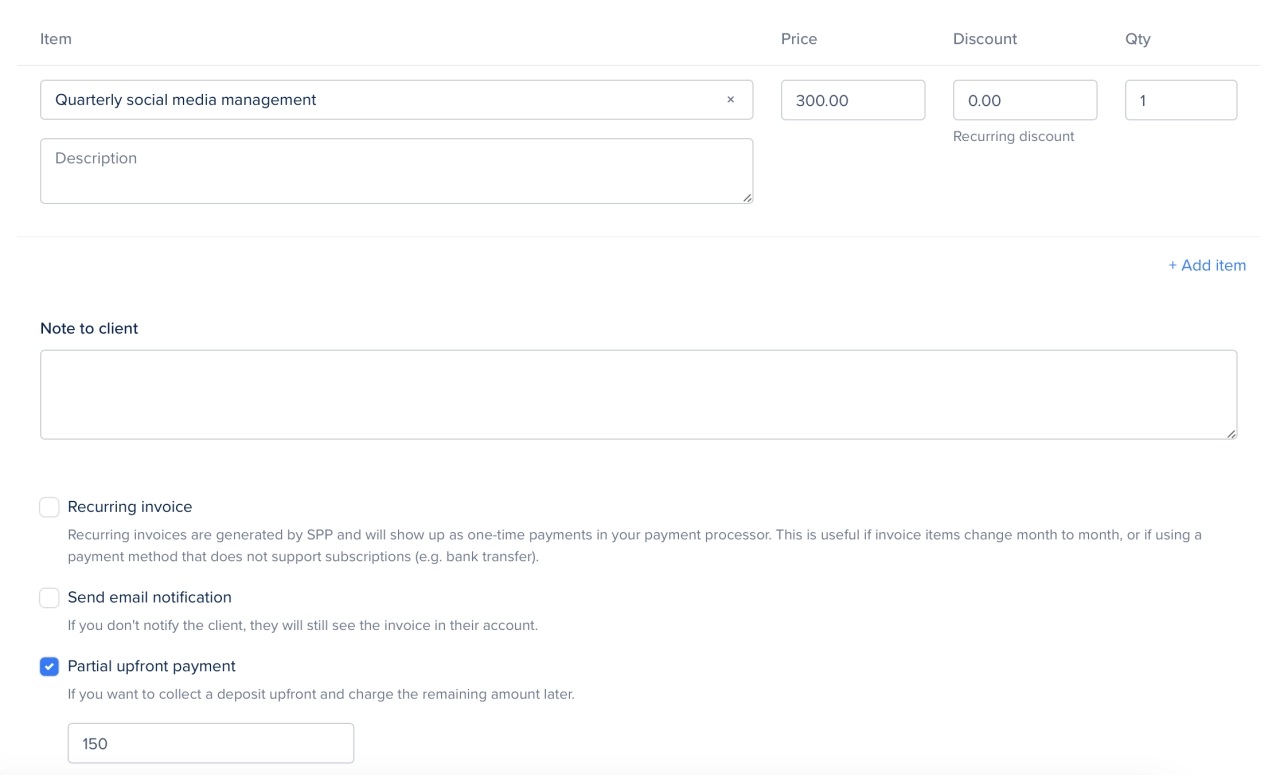
To make deposits easier, you can use Service Provider Pro and receive a partial upfront payment for your invoice.
Looking to make sure SPP.co is right for you? Get on a call with our customer success team.
Automate payment tracking
Once an invoice has been sent, you shouldn’t spend time on tracking or chasing invoice payment. Your invoices have a due date, and clients pay by that time—in most cases at least. If they don’t, there should be a system in place that reminds them automatically.
Any modern client billing solution has this basic functionality in place, such as Service Provider Pro.
The alternative is to hire a virtual assistant who handles all your billing related tasks, including tracking payments, and sending unpaid invoice reminders.
Provide multiple payment methods
In order to avoid late payments, make it easy for clients to pay you. Try to be accommodating when it comes to the way they pay by offering multiple options, from PayPal to card payments and bank transfers.
Of course, accepting any payment option out there might not be easy for you. Some will require you to get verified as a business, so choose the most important ones that will cover a wide range of clients. And more importantly, communicate the payment methods you accept early on.
How to bill clients as a consultant FAQ
How do you bill for consulting services?
There’s not a single way of billing for consulting services, but experts recommend combining different pricing methods, for instance project-based billing with hourly rates for out-of-scope work.
How do you charge as a consultant?
Consultants should use a billing software that allows them to send proposals that can be turned into an invoice when accepted. Ideally, the software also tracks payments and sends unpaid invoice reminders.
What should be included in a consultancy invoice?
The invoice should include a unique number, the date, contact information of both parties, the services rendered, the total amount, taxes (if any), and payment terms.
Summary
Billing for your consulting seems like an easy thing to do, but it’s a bit more complicated once you have to actually do it. After all, you want to get paid for your services but also show (potential) clients that they are not overpaying for your services. With this guide, you’ll hopefully have a better understanding of the available options, so you can win over more clients for your consulting business.
This content reflects operational billing strategies based on processing millions in agency payments. For tax implications and regulatory compliance, consult qualified professionals.

